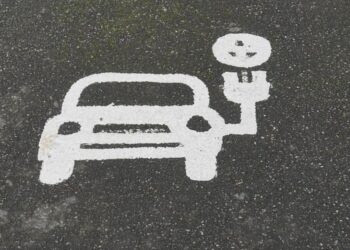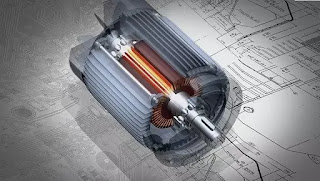Electric Road System (ERS) - An Emerging technology towards De-Carbonization
BY AFZAL YOUSAF
An Electric road system (ERS) or E-road is paved with technology that can charge vehicles traveling. Under the scenario of EVs gaining popularity as a sustainable mode of transport, their uptake is limited due to a lack of charging convenience, which is one of the main challenges ahead of EV adoption. Electric road systems are a great leap toward the smooth adoption of electric vehicles.
ERS are road transportation systems based on technologies that support electric power transfer from roads to vehicles in motion. This technology in recent decade emerged as the best alternative to overcome the challenge faced by automotive companies on EV Charging convenience. ERS is suitable for all kinds of vehicles starting from passenger cars to long-haul freight vehicles and is projected to grow drastically in coming years to decarbonize the sector.
Advantages of ERS
ERS compared to other technologies, provides more advantages to the EV sector by reducing the size of batteries, which can reduce the price of the vehicle. This technology relies on well-established electric infrastructure and has the potential to preserve flexibility in the freight sector. Also, ERS avoids the scenario of people waiting in charging stations to recharge their vehicles.
ERS reduces the dependency on static charging, and as per the expert study, this technology's major advantage lies in long-haul freight sectors but private cars can also benefit.
Types of ERS Charging Systems
Based on the technology, the viable ERS is classified into 3 categories:-
- Conductive (Overhead) - This Overhead or Catenary system uses overhead wires to power special kind of bus or Tram. Electric power is transferred through the overhead rail installed on top of the vehicle and is applicable only for heavy-duty vehicles.
 |
| Credit:- Shift |
- Conductive (Rail) - This method works with a conduction system such as a rail. The rail touches the stick installed in the vehicle and hence charges the system. It's applicable for both heavy-duty vehicles and private vehicles as long as they have a conductive stick installed in the vehicle.
 |
| Credit:- Shift |
- Inductive Charging - Inductive charging uses electromagnetic induction to charge the vehicle. Electromagnetic coils were laid under the road surface and connected to the power grid. The electromagnetic field created above the road surface transfers energy to the receiver attached to the vehicle battery. This is similar to the wireless charging in mobile phones.
 |
| Credit:- Shift |







TodayPlants excels in showing how nature and sustainability intersect in real, powerful ways. The articles are always engaging and grounded in meaningful insight. It’s a wonderful resource for anyone committed to understanding environmental change more clearly.
ReplyDeleteI truly appreciate how Blog Do Gesso shares inspiration that feels both modern and accessible. The detailed guides, creative designs, and expert advice help readers understand how plaster can completely reshape a room with sophistication. It’s a must-visit site for décor enthusiasts.
ReplyDeleteHDhub4u is a fantastic website for movie enthusiasts. The reviews are thorough, unbiased, and very insightful. I especially appreciate how the website explains the strengths and weaknesses of each film without spoiling the experience. It’s now my favorite place to read movie reviews and get honest opinions.
ReplyDelete